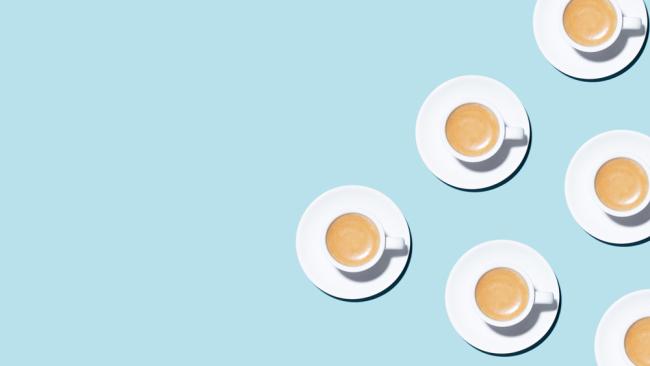
Take better naps by drinking caffeine first? Yes, apparently it’s true. Image: iStock.
We’ve all heard time and again how caffeine is no good too close to bedtime if you want sound sleep. But what about a nap? For that, our sleep expert Olivia Arezzolo says NASA it can actually help your quick snooze.
If you’re looking to boost productivity by 34 per cent and increase alertness by 54 per cent in 26 dreamy minutes, this article is for you. The findings, discovered by NASA research, will be welcomed by those working from home, sleep deprived, or both (aka, all of us). And while NASA didn’t use coffee in that particular study, clinical research pinpoints that yes, caffeine is actually is more effective than a nap (or coffee) on its own.
Today, I’m going to make sense of the science, plus share three more of my top tips for napping. Because let’s face it, workday or not, who doesn’t love a second wind?
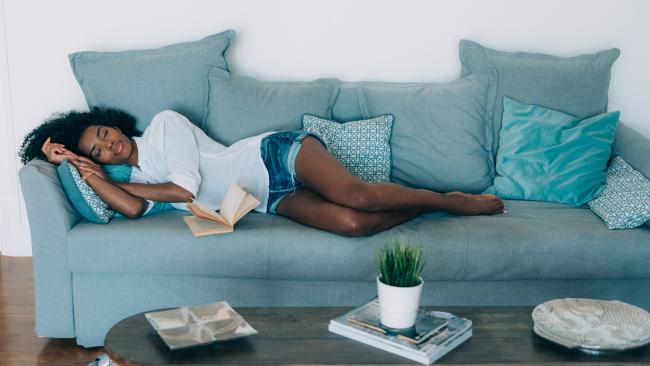
If you’re going to take a nap, make sure you do it only between 2 and 5pm. Image: iStock
Nap tip 1: Drink coffee prior to the nap
Starting here because I’m sure you’re dying to know how this bizarre trick works. First of all, caffeine takes 20 minutes to reach the brain. That’s about the ideal length of a nap.
Once it does reach the brain, caffeine boosts mental and physical energy because it reduces the activity of adenosine, a sleep-promoting hormone.
Just like melatonin, adenosine signals to the brain that we are tired and need to sleep. However, with caffeine, adenosine isn’t able to do its job properly – biochemically, it doesn’t reach the brain.
Hence, we forget we are tired, and as you’ve noticed, feel more alert.
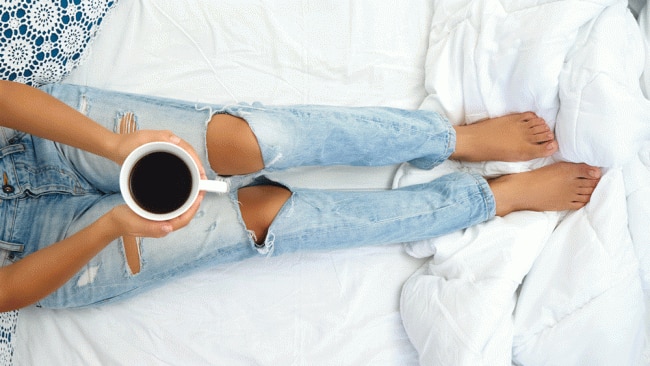
Caffeine takes 20 minutes to reach the brain. Image: iStock
Nap tip 2: Keep it short
Ever woken up from a nap and felt drunk?
As noted in academic research, you’re experiencing sleep inertia; the feeling of grogginess upon waking. And the reason is that you’ve taken too long a nap and awoken during slow wave sleep (deep sleep).
Avoid this nap pitfall by timing your nap for 20-30 minutes, no longer. As mentioned, this is the time identified by NASA, and further studies, to provide your brain the recharge it needs for that much wanted second wind.
And yes, set an alarm.
Nap tip 3: Time it right
Now that we’ve covered how long it should be, I’m sure you’re wondering: and when? In short, between 2-5pm.
If you’re like most, you’re likely to feel tired in the mid-late afternoon.
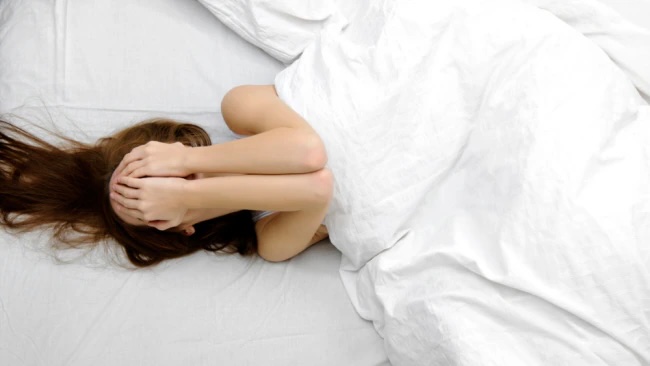
Ever woken up from a nap and felt drunk? Image: iStock.
Biologically, this stems from a few factors: first, your body has significantly high levels of sleep-promoting hormone adenosine (see above), making you feel tired.
Second, melatonin starts to be produced, again, driving fatigue. Third, it’s likely your morning coffee has worn off.
And what if you want to nap later than 5pm? Don’t. You need at least a six-hour block between nap time and bedtime to avoid difficulties falling asleep that night.
Nap tip 4: Have a nap kit on hand
Sleep mask? Check. Noise-cancelling headphones? Check. Sleep music app? Check. Pre-nap caffeine hit? Check. Travel pillow? Check.
As always, preparation is key. Keeping your nap kit stocked and ready to go is a sure-fire way to optimise your nap and each inclusion has its own purpose.
A sleep mask blocks out light, which will otherwise keep you awake. Essentially, light increases the stimulating hormone serotonin, so if you are napping in the bright daylight, you’re unlikely to be able to fall to sleep.
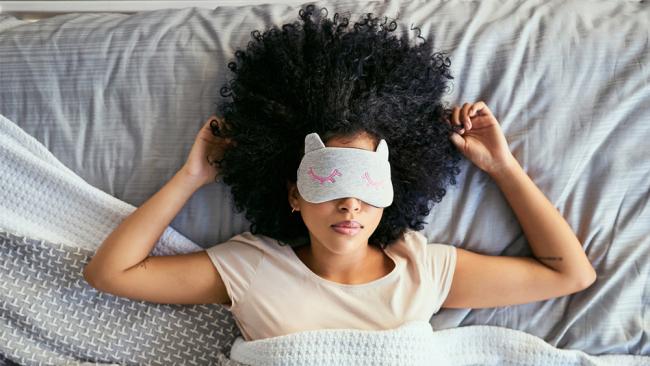
Invest in a sleep mask. Image: iStock.
Headphones block noise, which can otherwise wake you prematurely. Tuning into your favourite sleep music app doesn’t just mask external sounds too, either, it helps slow your brainwaves into a slower, more rhythmic pattern; more aligned with sleep.
Don’t forget to take your pre-nap caffeine hit.
A travel pillow helps you feel comfortable and allows you to create a Zen zone reflective of your bed.
The second purpose of the pillow is it reminds you of travel, sending you into dreamland easier than ever.
Originally featured on Body and Soul
+ show Comments
- Hide Comments
add a comment